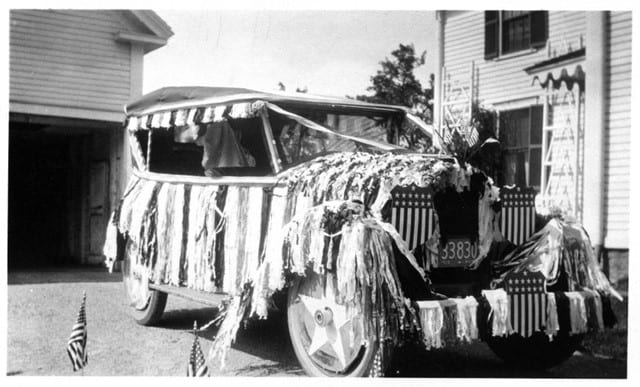
July 3, 2021 by Carol Britton Meyer
Nothing is nearer and dearer to the hearts of the residents of Hingham and surrounding communities than the traditional Fourth of July Parade, with its marching bands, spectacular floats, antique cars, and the spirit of patriotism that prevails among children and adults alike.
Following the cancellation of the parade last year due to the pandemic, appreciation for this event has grown even stronger, with everyone looking forward to a spectacular parade this year as promised by longtime resident George Ford, a member of the Hingham Fourth of July Parade Committee who has marched as Uncle Sam for more than a decade.
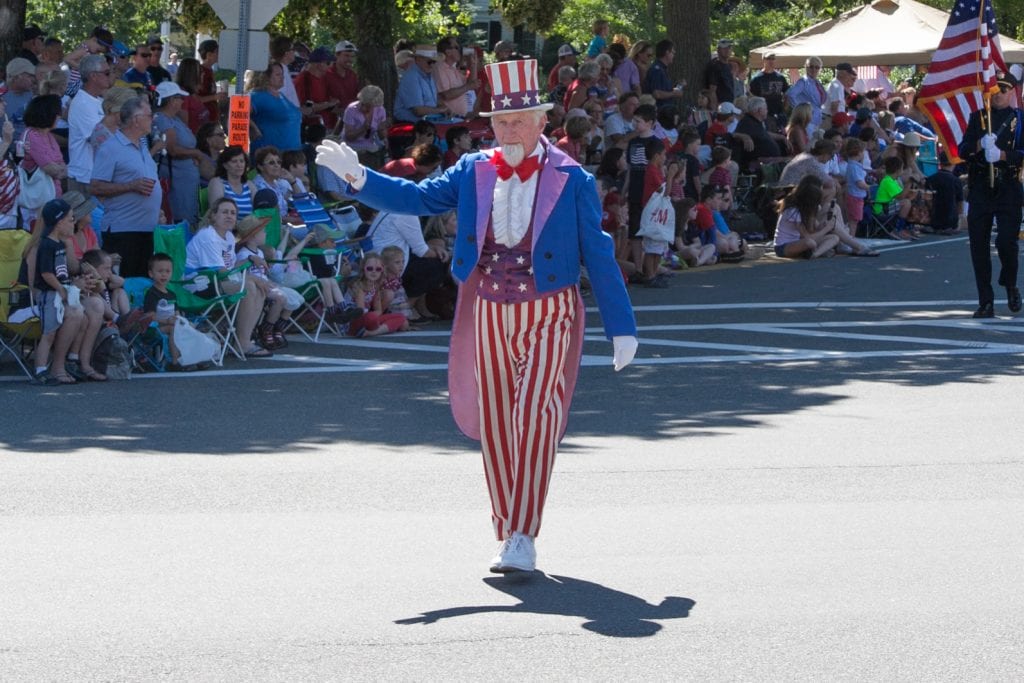
Ford, who books the bands and other performers, said the parade this year "will be as robust as any other year," featuring old favorites as well as new performers, with more information to come at a later date.
It's hard to imagine a time when there was no Fourth of July Parade in Hingham, or little interest in celebrating the anniversary of the adoption of the Declaration of Independence in 1776 in a big way -- but according to the former town newspaper, "The Gazette," it wasn't until 1832 that this national holiday was celebrated "in fine spirits" in Hingham.
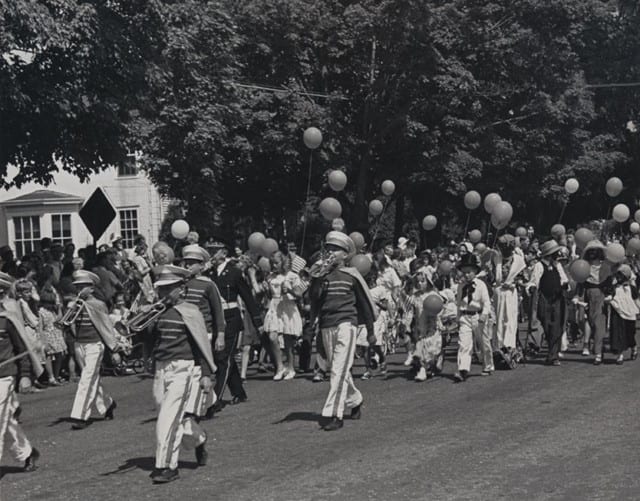
That year, the Fourth began with a "National Salute" and the ringing of bells, while ships in the harbor displayed their flags at masthead.
A "long procession" stepped out at 10:30 a.m. from Little and Morey's Hotel at Broad Bridge -- the site of today's post office -- featuring the Brigade band, parade marshals, and the Hingham Rifle Company.
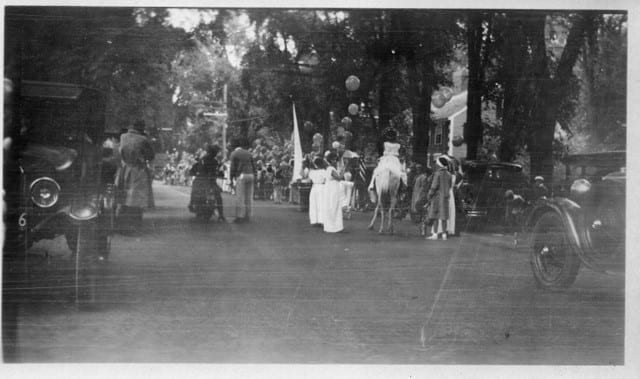
The procession proceeded to the Old Ship Meeting House, where a choir from several churches joined in singing an anthem, the Declaration of Independence was read, and a prayer and benediction were offered, followed by a dinner at the hotel under an awning, with patriotic music in the background.
It wasn't until July 4, 1842, that there was another major Fourth of July parade in Hingham, led by a band and a military escort comprised of the "Cold Water Armies" of Hingham, South Hingham, and East Weymouth.
There was not another parade to celebrate the holiday until 1853, when there was a "military display" and music by the Weymouth Brass Band on Hingham Centre Common, followed by another military parade in 1859.
During the Civil War, Independence Day was celebrated with bonfires, fireworks, and ringing bells, but there were no formal parades.
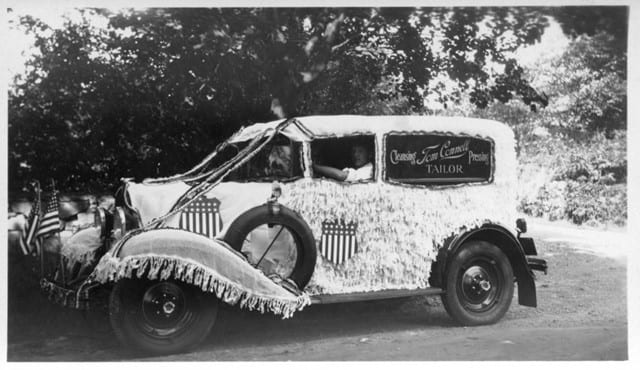
July 4, 1866 featured a small parade, a morning concert, an afternoon "wash tub regatta" on Mill Pond, and fireworks. Four hundred special police were on duty to prevent undue "jollification."
Hingham marked the nation's Centennial Anniversary in 1876 with a parade that included representatives from the police and fire departments, the Hingham Brass Band, GAR (Grand Army of the Republic) Post 104, and town officials riding in carriages.
Young women dressed in patriotic costumes and colors and 500 students from private and public schools who were eager to participate also traveled the parade route in carriages.
There was no parade in 1877, but more than 3,000 people visited Melville Gardens -- a resort located in the Crow Point area that hosted about 70,000 people annually during the late 1800s -- with steamboats running throughout the day.
On Independence Day 1880, the horsemen and hose carriages from several "engines" met at Broad Bridge for a "water power" demonstration, followed by a military and civic procession in 1886.
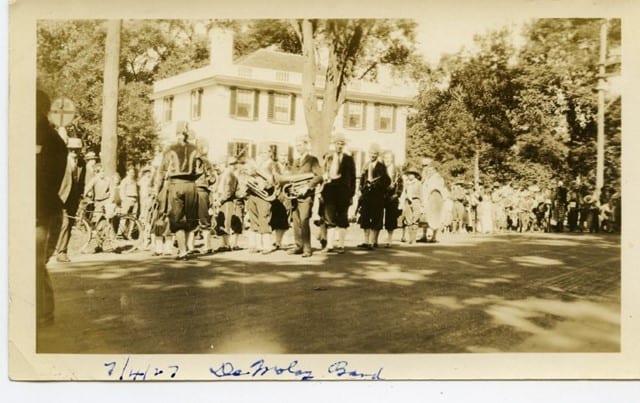
Hingham experienced the return of a full parade -- one that followed the most lengthy route on record -- in 1887, featuring mounted police, the Weymouth Brass Band, parade marshals, an 18-foot-high Trojan Horse, and flatform wagons featuring various displays -- similar to today's floats.
The next large parade occurred in 1898, with spectators lining the street and streetcars transporting "hosts of people" from out-of-town. The event featured a company of 20 boys ages 10 to 15 dressed as miniature Uncle Sams, the National Brass Band, and the John D. Long Fife and Bugle Corps. South Hingham Resident Walter Shute served lemonade to the entire parade.
In 1911 there was an automobile parade to mark the holiday, but there were no additional publicized parades for many years after that.
Town Meeting 1930 approved $1,500 for a Fourth of July celebration, featuring a band concert, a huge bonfire, and a robust procession starting off with a Children's Parade, followed by an adult parade. "Children of all ages" were invited to parade in "bizarre and outlandish dress." Prizes were awarded for the best costumes, and ice cream was handed out. There was a baseball game in the afternoon.
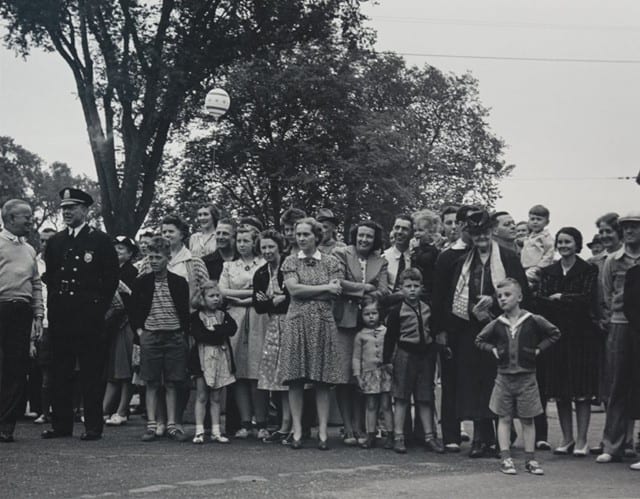
An adult Uncle Sam made his first appearance in 1933, with Harry Hough leading the parade that year and also in 1934.
By then the parade was an annual event. Uncle Sam -- this time with Hingham Postmaster George Magner in the role -- made his next appearance in 1939.
In 1946, Francis S. Wright became Uncle Sam, continuing in that role for the next 29 years. He and George Ela -- who later because Uncle Sam -- account for almost half a century of parade leadership in that role.
The year 1948 featured a "monster [meaning huge] parade" that included all branches of the military, marching bands, fraternal groups, Red Cross Personnel, Boy Scouts, hand pumps, English saddle clubs, antique cars, "a real live sheriff posse in full regalia," and commercial floats including a huge shop propeller from Bethlehem Steel Corporation.
The parade was "a mile long" in 1949, and in 1950, the event attracted about 20,000 spectators, which continues to this day.
The year 1976 marked the Bicentennial Anniversary, celebrated with a large parade of more than 900 participants and 48 floats.
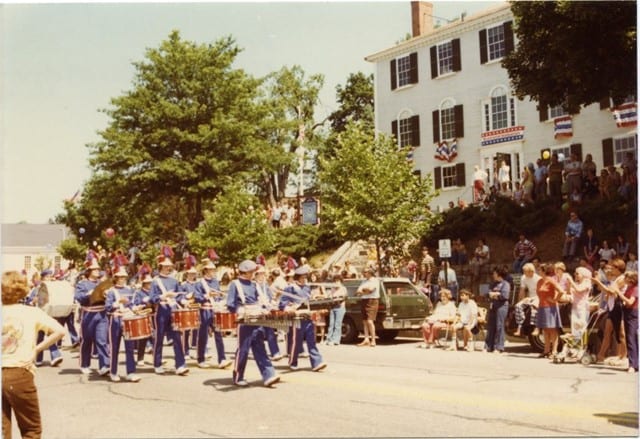
Although the parade route has changed over the years, the hard work of the parade committee -- comprised of all volunteers -- and the widespread enthusiasm for and love of the event continues.
Source: "History of the Hingham Fourth of July Parade," written by Dr. A. Alden Carpenter, a longtime Hingham resident who was featured in the role of Uncle Sam for many years. For the full history of the parade and the references he used in writing the parade history, visit https://www.hingham-ma.gov/
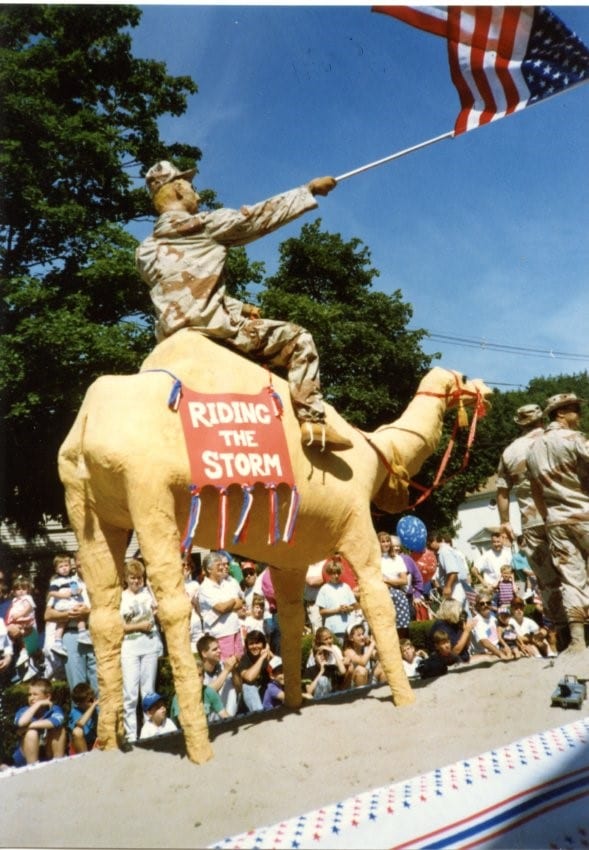
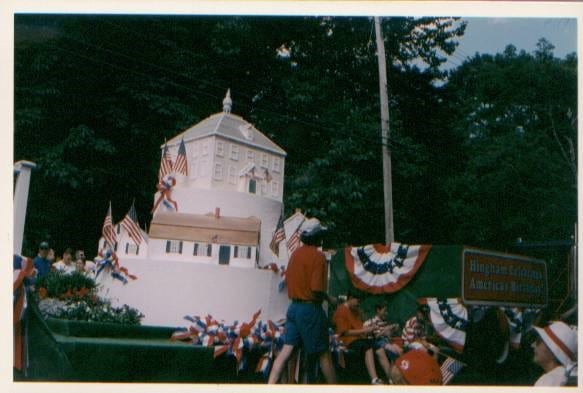
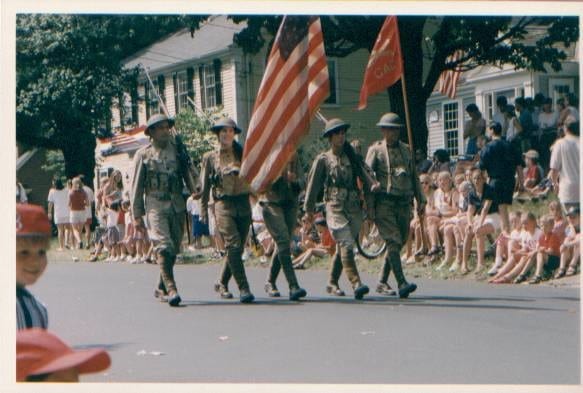
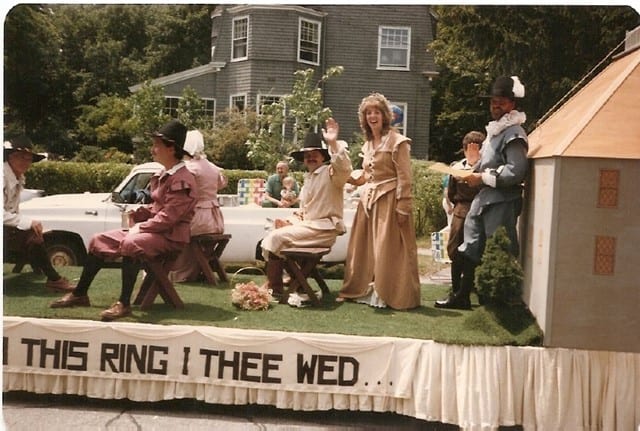



The Reading of the Declaration of Independence is a sacred and historic tradition that should take place at any Independence Day activities. How wonderful to know it was once celebrated in Hingham. It also once appeared in the editorial section of all newspapers and Multi media formats on the morning of July 4th.Another great and essential patriotic practice gone by the wayside. Very sad as all Americans should hear it…. The entire document. As it moves beyond the familiar first lines, it develops into the views of the signers AT THE TIME… and gives new perspective and outlook to why certain decisions were made and what it was like to have left the grasp of a tyrannical government.